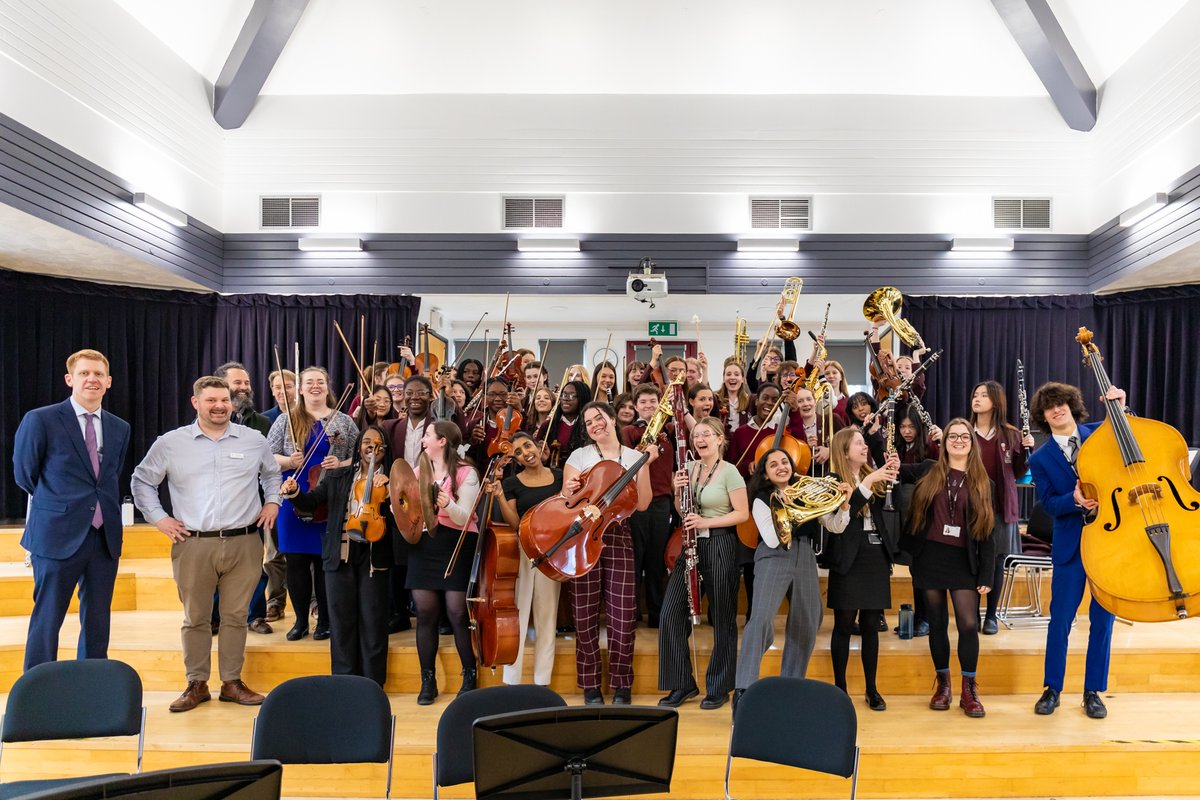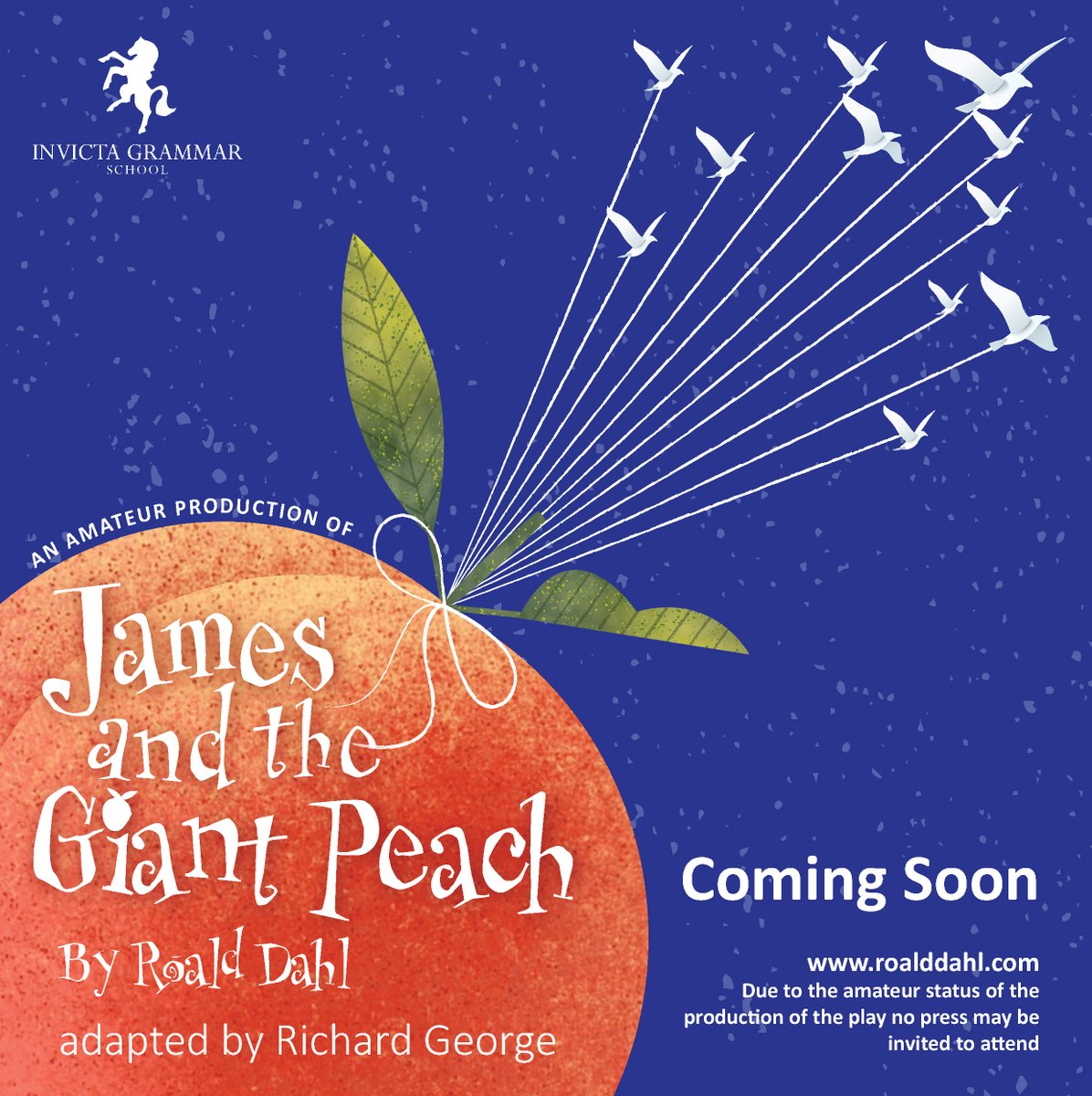Invicta Vlogs
Science of Collaboration
When ideas are shared, the possibilities do not add up. They multiply.
Nobel prize winner, Paul Romer, described collaboration as the method by which creativity exponentially generates more creativity. He said “The thing about ideas is that they naturally inspire new ones. This is why places that facilitate idea sharing tend to be more productive and innovative than those that don’t. Because when ideas are shared, the possibilities do not add up. They multiply.”
Researchers have scrutinised intellectual development throughout recorded history, and discovered that eminent thinkers, such as Socrates, Leonardo da Vinci, or more recently, the likes of Jean-Paul Sartre and Friedrich Nietzsche, were all positioned at the centre of intellectual hubs. They had their ‘genius’ magnified as a result of being exposed to a diverse conceptual dialogue within their social network. Their ingenious thoughts were built upon the many thoughts and ideas of those around them. They were extremely well connected.
The diagram below illustrates the knowledge base (coverage) of a group.

Social Network of Socrates, Centre for Hellenic Studies
This is seen again and again in emerging fields. In the mid 1970’s, technological innovation in the US was centred along Route 128, where the big names in technology and computing were flourishing with what Time Magazine called the ‘Massachusetts Miracle’. At the same time, the Santa Clara Valley, or what became known as Silicon Valley, had only a few small technology companies and was firmly the under-dog. Due to the high speed at which ideas were shared through Silicon Valley’s vibrant social networks, it rapidly overtook its rival. Tech circles, refer to the velocity of information flow, and it is this that enabled the Santa Clara Valley to revolutionise the technology industry on a global scale.
We continually strive to educate young people in the power of collaboration at Invicta Grammar School. It not only promotes and sustains creativity, but it is one of the most effective ways of harnessing collective wisdom. The more connected a person is to new ideas, the more likely they are to be able to identify opportunities that others don’t, giving them a competitive advantage.
Places that facilitate idea sharing tend to be more productive and innovative than those that don’t.
With simple problems, an individual will often have all of the information required to find an acceptable solution, however, with highly complex problems, such as finding a cure for cancer, or manned missions to Mars, no one person will have all of the relevant insights. Even the best informed will have only a fraction of the knowledge required.
Many minds are better than one. However, if the minds in question, all have similar knowledge and experience, then their insights and solutions will also be similar. If individuals share similar perspectives, they will also share the same blind spots and make the same errors. This is collective blindness.
Collective wisdom, however, comes from a grouping where individuals have different but relevant insights and experiences to offer. Together, they collectively provide broader coverage and can help reduce group blind spots.
In any sector, this means that by working collaboratively, more exciting creative ideas and solutions can be found. Individuals bring their own unique knowledge into the equation and offer different insights enabling more sophisticated creative connections to be made.
Rebel Ideas, The Power of Diverse Thinking, Mathew Syed
At Invicta, across all subject areas and particularly within the Creative Arts, we encourage students and staff to adopt a collaborative approach and to develop team skills such as communication and negotiation in order to sure up their creative capacity. This approach reflects and embeds many of our core values - Excellence, Confidence, Creativity and Enterprise. Opportunities are frequently engineered within in our curriculum and Personal Opportunities Programme, to facilitate cross-pollination of ideas and deeper learning through collaboration with others. We know that these are life skills which build confidence, creativity and help to armour-plate the life chances and future professional development of our students in whichever field they choose to pursue.
So, as we embark upon this week, what will you do that further develops your creative approach?
Mrs C Hambley
Associate Assistant Headteacher


























